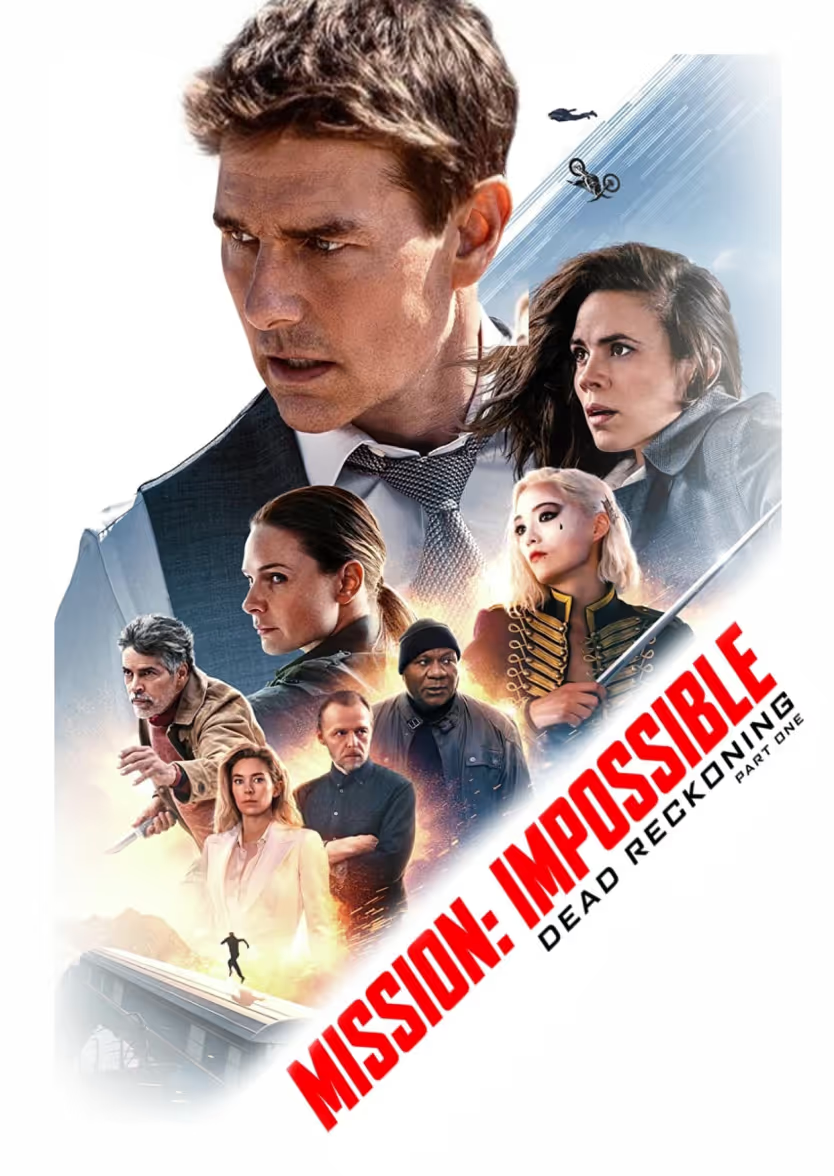As a well-known media review suite, cineSync offers high resolution, high frame rate video review for content creators, primarily in the film industry. But many game devs wonder whether cineSync is a good fit for remote game development collaboration as well.
The answer?
While cineSync offers standard review features like video playback and annotated notes, it may be a less applicable platform for a nuanced game development workflow.
In this brief article, we cover the strengths and limitations of cineSync and recommend an alternative that’s better suited for game developers.
How cineSync works
Built by Cospective, a subsidiary of fTrack, cineSync strives to deliver high-quality video playback of various forms of media. The software’s design synchronizes local files across a remote session, requiring each session participant to have a copy of the media to collaborate.

Assuming everyone has the predetermined assets, cineSync then streams the files in sync, letting the group use standard annotation tools and leave comments in real time.
The general flow for a cineSync session looks like this:
- Each participant downloads the assets in development. Because cineSync relies on local files, all participants must use the same assets for the workflow to be effective.
- A host creates a session and invites participants with a specialized cineSync key. Up to 10 participants can join the session using this key.
- The host controls the live playback of the asset within the session. That includes playing and pausing, rewinding, and fast-forwarding.
- All session participants can add written notes and draw annotations on frames of the media in real time.
- The session host can save the session for later use, automatically including all the session movements, such as annotations and notes.
Though that might work for the final round of touch-ups, when developing a game from the ground up, cineSync has some clear limitations. For example, the software doesn’t provide video or voice conferencing tools, which can be critical when delivering efficient, timely feedback.
Also, the local file prerequisite can be inefficient. Continually rendering, sharing, and downloading large files creates significant margins for error and takes considerable time. You’re limited to 10 users within a cineSync session as well, so you have to be selective when filling your creative seats.
Finally, perhaps the most glaring hiccup when using cineSync for game development is that the software doesn’t offer workflow streaming or real-time editing features. It’s a feedback tool but lacks the infrastructure for comprehensive live collaboration.
Using cineSync can certainly give you a level of feedback visibility across your game development workflow. However, instead of just using a tool for capturing notes, there are better alternatives for an end-to-end remote editing workflow.
The best cineSync alternative for game development
Evercast is a software solution much better suited for the nuances that come with game development, and it’s used by top developers across the industry, both AAA and indie. The platform allows the real-time streaming of your complete development workflow and individual assets (including editing, virtual production, sound mixing, and more).
Anyone can join an Evercast session at the click of a button without having to download files locally. Using the software simply requires launching “room,” inviting your team, and getting to work. With built-in video conferencing, 4K video streaming, surround sound, and annotation tools, Evercast has everything you need to develop games remotely as a team.
Create together remotely, in real time


Evercast also offers several standout features for game development designed to improve your workflow rather than slow it down:
- Ultra-low latency streaming (less than 150 milliseconds) from your screen, development software, or any other source
- Secured, encrypted connection with 24/7 white glove technical support
- Video conferencing and streaming in up to 4K resolution, 7.1 surround sound, and 10-bit 4:4:4 color
- Real-time collaboration tools, such as frame-by-frame annotations, drawing, and session recording
- The ability to stream from multiple sources at once (for example, separate music applications and video software, simultaneously)
- Flexible interface with the desktop app, Apple TV, and iOS mobile app
- No waiting on uploads or downloads; participants join sessions with one click
Whether you’re leading a QA session, reviewing gameplay, or updating animations in real time, Evercast is an all-in-one tool for developing media from start to finish. Evercast can host up to 25 participants within a single session without any additional software installation (in most cases).
What do game developers say about Evercast?
“Basically every component of our development team uses Evercast, whether they’re reviewing their work in builds or having meetings to review critical pieces of work like animations or things you can’t really capture in a screenshot."
— Parker Davis, game development director at Serenity Forge
Evercast: The best remote platform for game development
By using Evercast for remote game development, you don’t have to compromise on your production abilities or cobble together multiple collaboration tools to create an in-studio experience. Trusted by some of the biggest studios, Evercast is an end-to-end solution that takes you from early concept art and UI design to final gameplay review within a single software suite.















.avif)









.avif)


.avif)